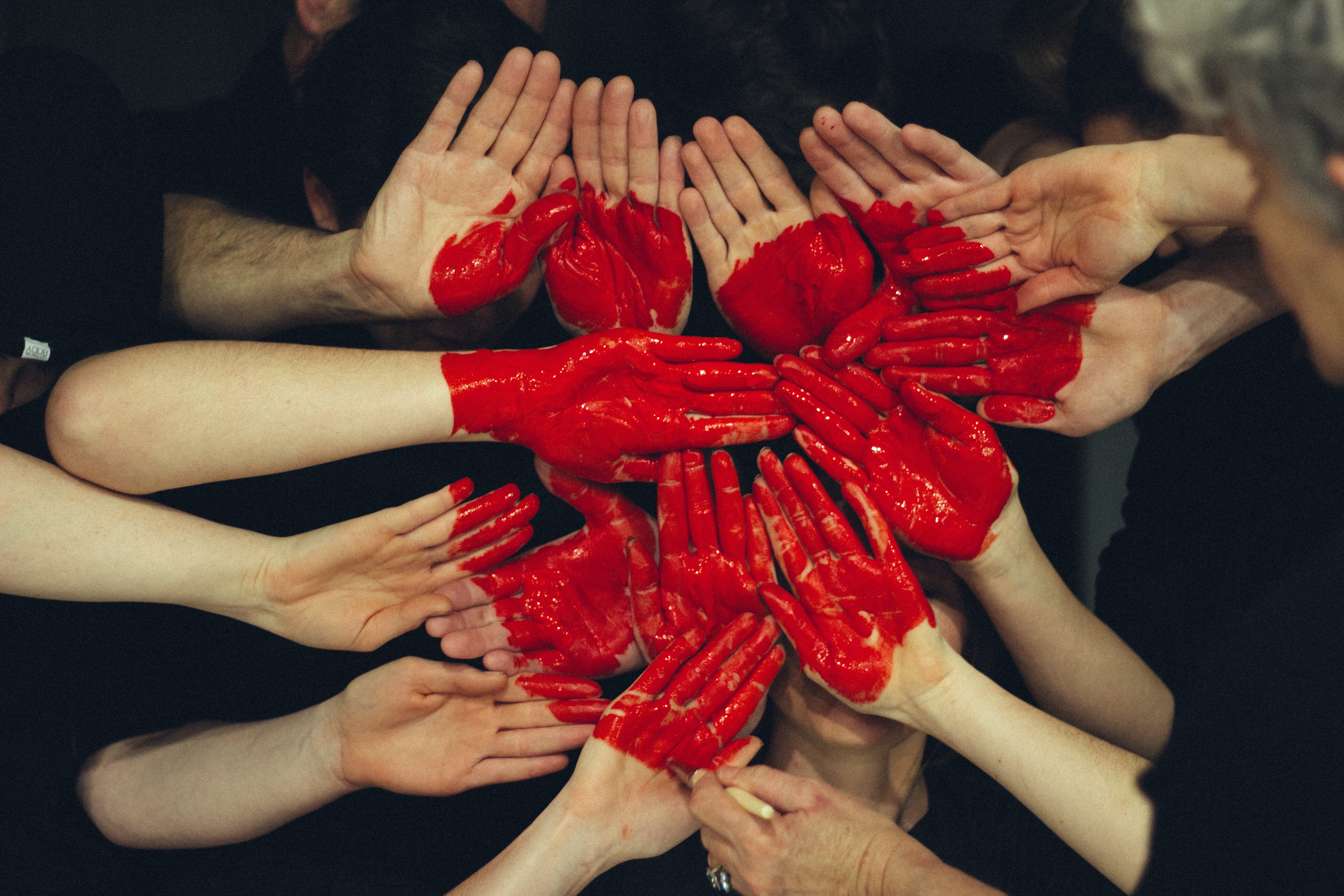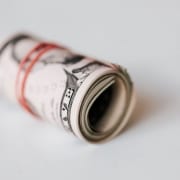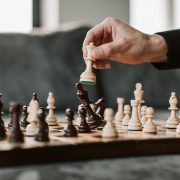What Does It Take to Create a Good Design Team?

Multiple Roles or Single Roles
Depending on the person and the size of the team, it may be necessary for team members to perform multiple roles on a project. When mixing too many roles for a single employee, this can create difficulties as it’s both difficult for them to embrace collaborators for each of their distinctive roles, but more so when two or more of their roles conflict with each other with no one to act as a referee.
Some roles also don’t mix well with others. The person funding the project shouldn’t usually also be a designer on the project because their motivations may get muddled. Is it more important to create a better designed circuit board or website, or to keep to the development costs within the budget set by upper management? Where is the line drawn?
Every Team Member Has Professional Advancement
With advancement, we don’t necessarily mean a promotion. It’s important beyond position and money that an employee feels invested in the project and its outcome. It’s also useful when they feel that the project adds something new to their cache in the industry and is something that can go on their resume as a selling point.
When a project lacks that special something that’s different to what they’ve done before, or they’re not being allowed to advance in their knowledge and involvement, they begin to feel stagnant. In some senses, it doesn’t matter if they been given access to the cutting-edge Altium designer 18 software ahead of its release or been responsible for new areas of a design project, there must be something there to spike their interest and sustain it throughout completion of the project.
Successful Teams Are Often an Eclectic Mix
When looking at any design team, you’re unlikely to see a herd that all dress alike, talk alike and look somewhat similar. Diversity across the team is a good thing in many cases as is the previous project experience they bring to the table. New blood brings fresh perspectives and ideas on how to do things differently, more efficiently, or simply better. It’s important that the team leader embraces diversity in the ranks and does not see a culture developing where people who are different get hammered down until they conform. Conformity is usually the death of the type of creativity that’s badly needed in great design execution.
Great design teams are carefully put together and managed. Every team is likely to be quite different to the next one. Embracing those differences rather than citing them as reasons why a previous failure occurred, encourages the best creatives to work in a team environment that they might otherwise find too stifling.











Leave a Reply
Want to join the discussion?Feel free to contribute!